Are you considering solar panels for your home but feeling overwhelmed by the options and technical jargon? You’re not alone. Many homeowners recognize the value of transitioning to solar energy, yet find themselves at a crossroads, uncertain how to choose the right panels that meet their needs and budget. With rising energy costs and growing environmental concerns, the decision to go solar is more pertinent than ever, but it comes with its set of challenges.
This guide is tailored to address these pain points and simplify your solar journey. Whether you’re worried about the cost and efficiency of solar panels, their suitability for your specific home conditions, or the long-term return on investment, we’ve got you covered. We’ll navigate through the complex landscape of solar panel technologies, dissect efficiency ratings and what they mean for your energy bills, and help you understand the pricing and financial incentives available.
Moreover, we’ll delve into the crucial aspects of solar panel warranties, the factors affecting their real-world performance, and how to ensure you’re making a choice that aligns with both your environmental aspirations and practical requirements. Our aim is to equip you with the knowledge and confidence to make an informed decision, turning the challenge of choosing the right solar panels into an empowering experience.
At its core, a solar panel is a device that converts sunlight into electricity. It’s a key component in a solar energy system, allowing homeowners to harness renewable energy directly from the sun. This process not only reduces reliance on traditional energy sources but also minimizes environmental impact.
The process of converting sunlight into electricity is known as the photovoltaic effect. When sunlight strikes the PV cells, it excites electrons in the semiconductor material, creating an electric field. This electric field drives the flow of electricity, which is then harnessed and converted into a form that can power your home. The electricity generated is direct current (DC), which is then converted to alternating current (AC) by an inverter, making it usable for household appliances.
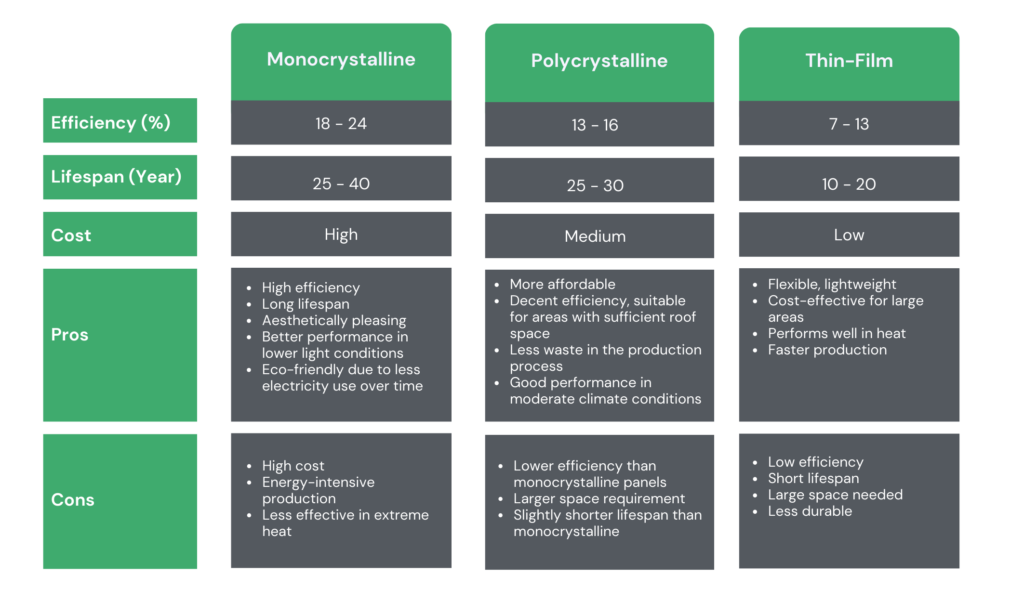
Choosing the right type of solar panel for your home involves understanding the differences in efficiency, lifespan, costs, and the specific advantages and drawbacks of each type. To help you navigate these aspects, here’s a detailed comparison of the three primary types of solar panels: monocrystalline, polycrystalline, and thin-film.
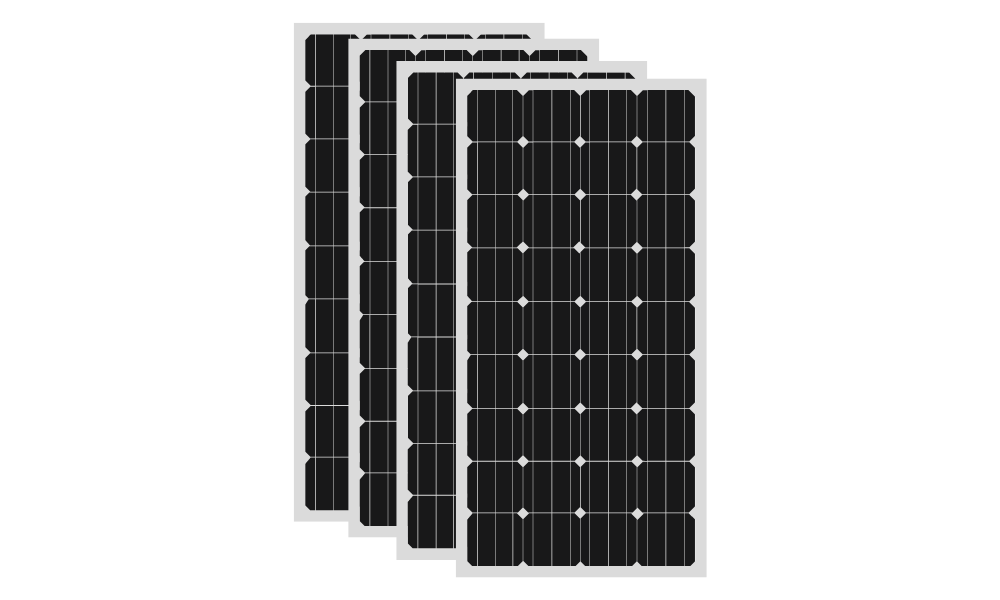
Monocrystalline panels, with their sleek black design, not only offer superior efficiency but also add an aesthetic appeal to modern homes. They are particularly beneficial in urban settings or residential areas where roof space is at a premium. Due to their higher power output per square foot, they’re ideal for smaller roofs or for homeowners looking to maximize energy production without covering their entire roof in panels.
In colder climates, monocrystalline panels maintain better performance, making them a reliable choice in regions with less consistent sunlight. They’re often seen in high-end installations where both efficiency and appearance are top priorities.
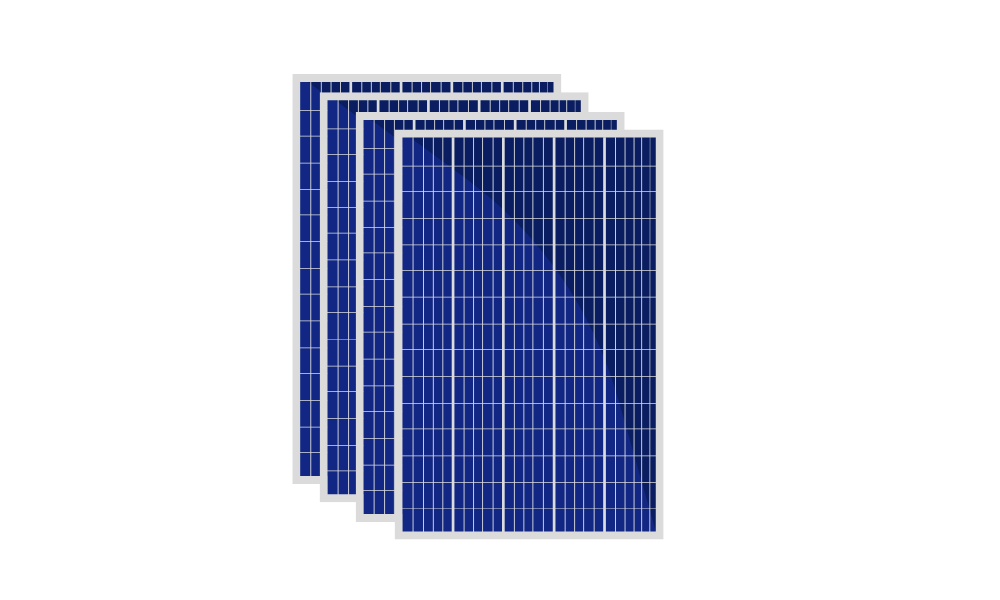
Polycrystalline panels are a common choice for homeowners who are looking for a balance between cost and performance. They work well in residential settings where there is ample roof space to compensate for their slightly lower efficiency. These panels are a popular choice in suburban areas or in regions where solar panel installation incentives help offset the initial costs.
Due to their blue hue and slightly less sleek appearance compared to monocrystalline panels, they are often used in situations where the aesthetic integration of the solar system is not a primary concern. They are a go-to option for large-scale installations like community solar projects where cost-effectiveness is key.
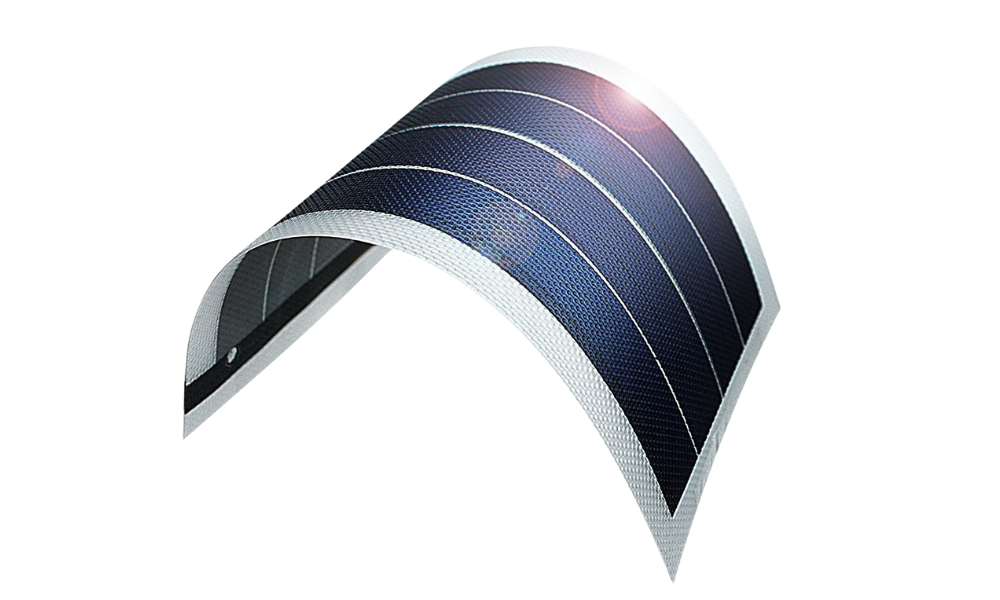
Thin-film panels, with their unique flexibility and lightweight properties, are well-suited for non-traditional applications. They are an excellent choice for large commercial buildings or industrial facilities with expansive flat roofs. Unlike crystalline panels, they can be installed on structures that can’t support heavy loads.
Following our comparison of the different types of solar panels, it’s essential to delve into the specifics of solar panel efficiency. This section offers a detailed exploration of what efficiency means in the context of solar panels, why it’s a crucial metric, and how it impacts the overall effectiveness and suitability of solar panels for various applications.
Solar panel efficiency is a measure of a panel’s ability to convert the sunlight it receives into electrical energy. Expressed as a percentage, this metric indicates the proportion of solar energy that is transformed into usable electricity. For instance, a 20% efficient solar panel converts 20% of the sunlight striking it into electrical power.
Efficiency is a key determinant in the overall performance of a solar energy system. Higher efficiency panels generate more electricity per unit area compared to lower efficiency panels. This attribute is particularly valuable in settings where space is limited, such as urban residential rooftops. Additionally, higher efficiency can translate to more energy production over the lifespan of the panel, leading to greater savings and a quicker return on investment.
Several variables play a role in determining a solar panel’s efficiency:
In North America, the application and benefits of different solar panel efficiencies vary widely, influenced by geographic, economic, and individual factors:

# | Brand | Model | Power | Efficiency |
1 | Aiko Solar | Black Hole series | 470 W | 23.8 % |
2 | Recom Tech | Black Tiger | 460 W | 23.6 % |
3 | SunPower | Maxeon 6 | 440 W | 23.0 % |
4 | Longi Solar | Hi-Mo 6 Scientist | 450W | 23.0 % |
5 | Huasun Solar | Himalaya G1 | 450 W | 23.0 % |
6 | Canadian Solar | TOPHiKu6 | 470 W | 23.0 % |
7 | REC | Alpha Pure RX | 470 W | 22.6 % |
8 | Jinko Solar | Tiger NEO N-Type | 440 W | 22.5 % |
9 | Trina Solar | Vertex S+ | 450 W | 22.5 % |
10 | Phono Solar | Helios | 440 W | 22.5 % |
(source: https://www.cleanenergyreviews.info/blog/most-efficient-solar-panels)
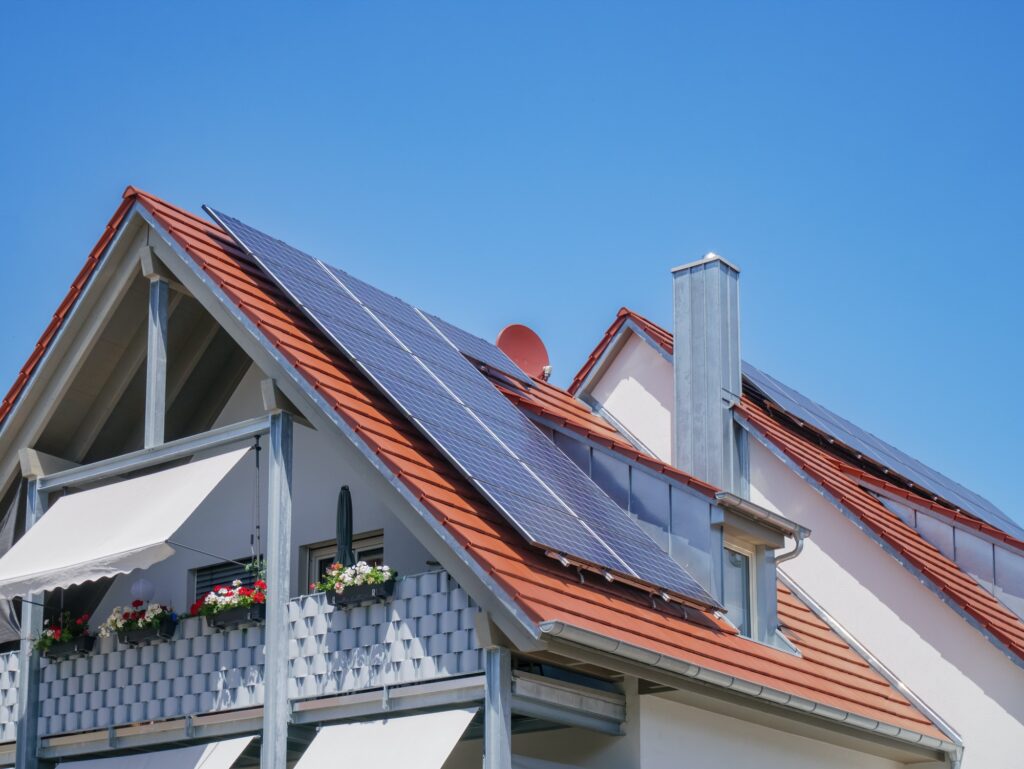
Selecting the right solar panels for your home is a decision that combines personal needs, environmental considerations, and economic factors. As we’ve explored, there are several key elements to consider:
Choosing the right solar panels for your home is about finding the best fit for your specific situation. It’s a balance between your energy needs, environmental impact, aesthetic preferences, roof characteristics, and financial considerations. With careful evaluation and expert advice, you can select a solar panel system that not only meets your energy requirements but also contributes to a sustainable future.
Ready to take the next step towards a greener, more energy-efficient home in Montreal? Reach out to DomoLynx – your local expert in custom solar solutions. Let us help you make an informed decision that powers your home, supports the environment, and showcases your commitment to a sustainable future. Contact DomoLynx today, and let’s harness the power of the sun together!
Take the first step towards sustainable and efficient energy use with Domolynx. Request your free, no-obligation quote today and discover how solar energy can transform your home or business.




